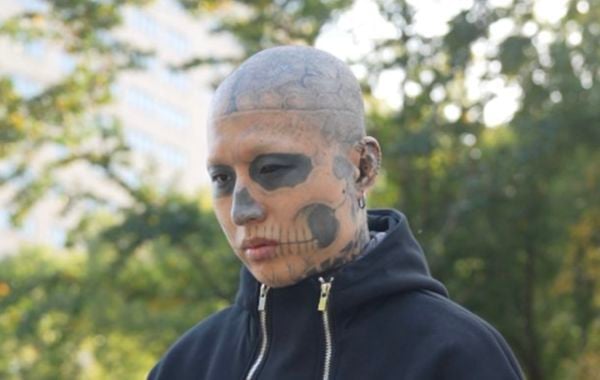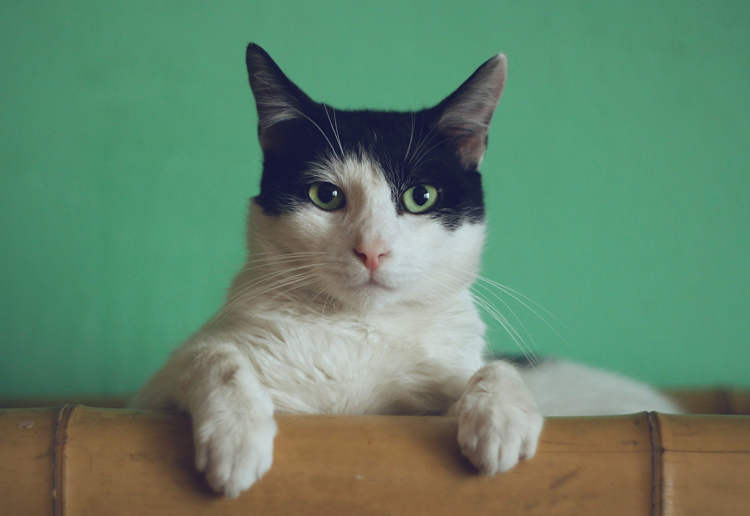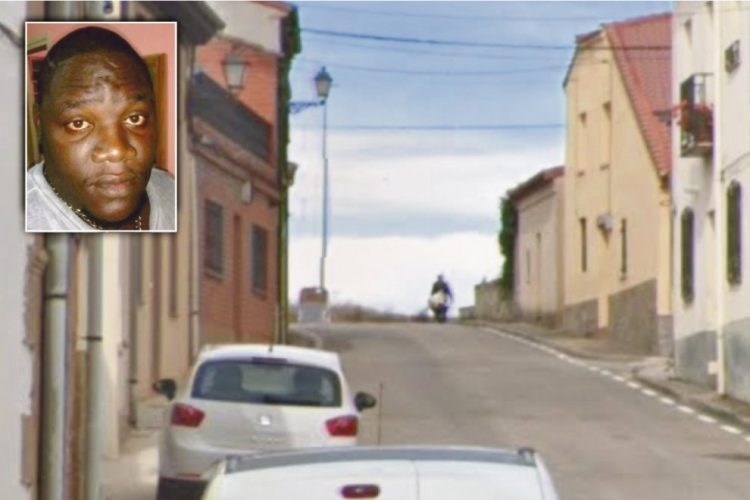Last week, Washington, D.C. mourned the death of Concepcion ‘Connie’ Picciotto, a legendary peace activist who had been camping in front of the White House since 1981. She was a well-known personality in the U.S. Capital, having manned the peace vigil tent for three-and-a-half decades, suffering the worst of both weather and humanity, all in an attempt to “stop the world from being destroyed.”
Orphaned in Spain and raised by a grandmother, Connie arrived in New York in 1960, where she worked as a receptionist for a Spanish government commercial attaché. She married an Italian immigrant a few years later, and they adopted an infant daughter, Ogla, in 1973. But she claimed that things started to turn sour when her husband, in an attempt to conceal his criminal dealings, sent her to a mental institution. She lost her daughter in a custody dispute after her release, and ended up in Washington, where she naturally gravitated towards larger causes.
Connie joined the anti-nuclear White House Peace Vigil a few months after it was started by another activist, William Thomas. They camped out together outside the White House for 25 years, and when he passed away in 2009, she kept the vigil going with the help of other activists who joined her from time to time. Picciotto’s peace vigil is considered the longest in the history of the United States.

Photo: Christina B. Castro
As you can imagine, spending three and a half decades in a tent in front of The White House wasn’t easy. Connie constantly wore a helmet underneath her headscarf, for protection. Over the years, she’d been attacked by random people several times, hit by a cab, and claimed that she’d even been pushed around by the Secret Service. According to The NY Times, “She played a cat-and-mouse game for more than three decades with the United States Park Police, which prohibits demonstrators from sleeping on its property or leaving a protest site unattended. When she left to rest, volunteers would relieve her.”
In September 2013, when the police dismantled the vigil tent because it was mistakenly left unmanned for a brief period of time, she stood at the site until they returned it to her. Speaking to Huffington Post then, she said: “This is the time, more than ever, we need people to mobilize, to stop killing and the wars all over the world. It’s frustrating, because it’s hard to be there. I am in the heat, in the cold and the snow.”

Photo: tpholland
Indeed, Connie held firm through terrible blizzards, extreme heat waves and heavy rains. She was there through the tenures of presidents Ronald Reagan, George H.W. Bush, Bill Clinton, George W. Bush, and Barack Obama, and while her vigil was always in plain sight from the front windows of The White House, none of theme ever came to meet or speak to her. “Not a single president ever walked across the street from the White House to meet her or to recognize her quest for peace and justice,” said consumer advocate Ralph Nader, an admirer of Connie.
But her efforts were definitely noticed outside of the White House. Over the years, she became a permanent fixture in the U.S. Capital, gaining attention from locals and tourists alike. Her appearance in Michael Moore’s documentary film Fahrenheit 9/11 added to her celebrity, and 2011, she was honored by the Shafeek Nader Trust for “setting the highest standards for testing the authenticity of free speech protection under the Constitution.”

Photo: Wikimedia Commons
As for the effectiveness of her vigil, The NY Times reports that many of her goals were achieved. Eleanor Holmes Norton, Washington’s nonvoting delegate to the House of Representatives and long-time admirer of Connie, said her protests resulted in a “measured reduction” in atomic weapon proliferation.
A few days after Connie vacated the vigil tent for the final time, she breathed her last in a room she had been sharing with three other roommates at a homeless women’s shelter. She was 80, and her health had been deteriorating for a while. When she was alive, she was considered both a hero and a fool, and some people even worried about her mental health. But now that she’s gone, thousands of people are offering their respects and condolences. The morning after her passing, people left flower bouquets in her honor at the protest site. A note clipped to the top of the tent read: “Concepcion R.I.P.”

Photo: George Kauper
White House press secretary Josh Earnest also issued a statement on Wednesday: “We’ve certainly got to pay our respects, not just to the life that she lived but her passion for making the world a safer and more peaceful place.” He added that he wasn’t sure if President Obama was aware of her passing.
People are also leaving messages on the Facebook page of The Peace House, a community organisation in D.C. “Connie manned the White House Anti-Nuclear Peace Vigil the longest,” a post on the page reads. “She stayed there through thick and thin and was dedicated to the cause that sometimes seemed to be like an unhealthy relationship.”
“Connie may not have been the easiest person to live or work with, but the peace vigil was never about Connie and even throughout the biggest struggles we all knew that. That was the reason why we suffered through sub-zero temperatures, hurricanes, and dealing with impolite people.”
Connie was a source of inspiration for many during her life, and continues to motivate people even after her passing. Craig, who was manning the vigil tent on Wednesday, revealed that Connie had been taking turns with four other people staying at the tent. But after her death, 17 people signed up to take shifts, making a total of 21 volunteers. According to Craig, that’s “a lot.”
“What’s happening in the aftermath of her death is testimony that she did accomplish something,” said Schroeder Stribling, a social worker who runs N Street Village, the shelter that Connie was staying at whenever she wasn’t at the tent. “She was a person of passionate attachment to some ideas. You can call that sane or not, but it made a difference.”






